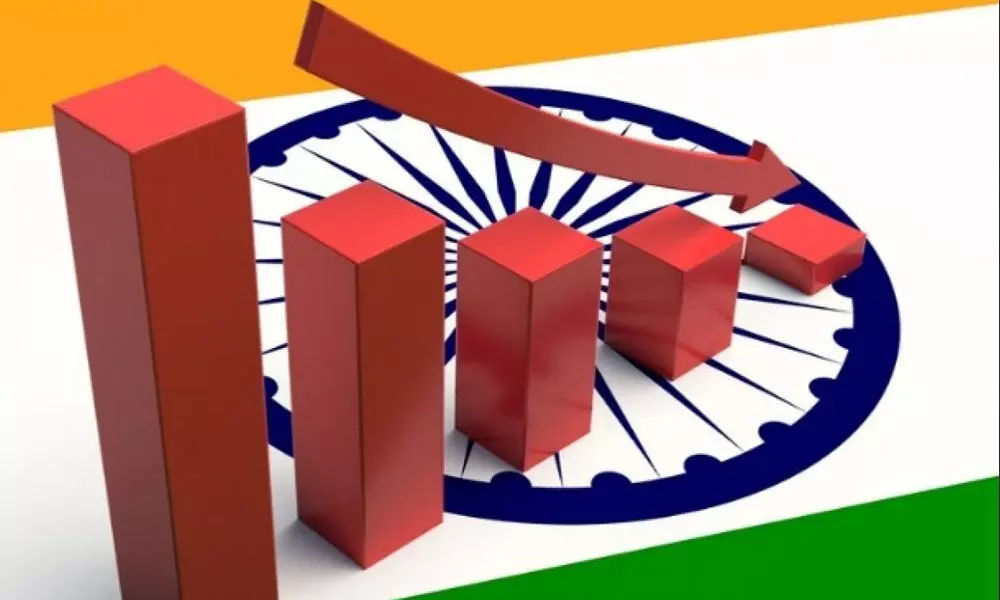Economy will shrink 20% if India lockdown on till mid-May
 Representation image
Representation image3.2 cr livelihoods will be at risk while bad loans in banks will swell by 7%: McKinsey
New Delhi: If the India lockdown continues till mid-May along with moderate relaxation after the end of 21-day lockdown on April 14, it could put 32 million livelihoods at risk and swell non-performing loans (NPLs) by seven percentage points, resulting in the economy contracting sharply by around 20 per cent in the first quarter of fiscal year 2021, with –2 to –3 per cent growth for fiscal year 2021, a new report warned on Friday.
According to the report by leading management consulting firm McKinsey and Company, the cost of stabilising and protecting households, companies and lenders could exceed Rs 10 lakh crore, or more than 5 per cent of GDP in such a scenario.
The report, titled 'Getting ahead of coronavirus: Saving lives and livelihoods in India,' said that restarting supply chains and normalising production and consumption can take three–four months if the lockdown goes till mid-May as the virus ligers on.
If the lockdown continues for additional two–three weeks in Q2 and Q4 FY 2021 because of virus resurgence, it could mean an even deeper economic contraction of around 8 to 10 per cent for fiscal year 2021. "This could occur if the virus flares up a few times over the rest of the year, necessitating more lockdowns, causing even greater reluctance among migrants to resume work, and ensuring a much slower rate of recovery," the report suggested. To understand probable economic outcomes and possible interventions related to Covid-19, McKinsey spoke with some 600 business leaders, economists, financial-market analysts and policy makers.
According to the findings, in case the lockdown period is extended till mid-May, the potential economic loss in India would vary by sector, with current-quarter output drops that are large in sectors such as aviation and lower in sectors such as IT-enabled services and pharmaceuticals.
"Current-quarter consumption could drop by more than 30 per cent in discretionary categories, such as clothing and furnishings, and by up to 10 per cent in areas such as food and utilities," said the report. Strained debt- service-coverage ratios would be anticipated in the travel, transport, and logistics, textiles, power and hotel and entertainment sectors.
There could be solvency risk within the Indian financial system, as almost 25 per cent of MSME and small- and medium-size-enterprise (SME) loans could slip into default, compared with 6 per cent in the corporate sector (although the rate could be much higher in aviation, textiles, power and construction) and 3 per cent in the retail segment (mainly in personal loans for self-employed workers and small businesses).













